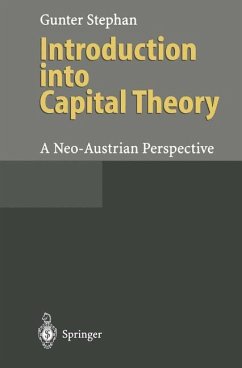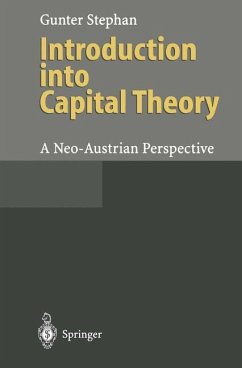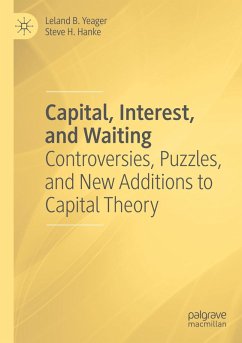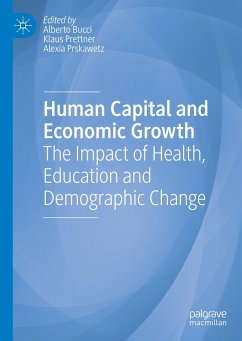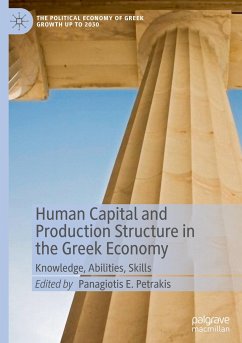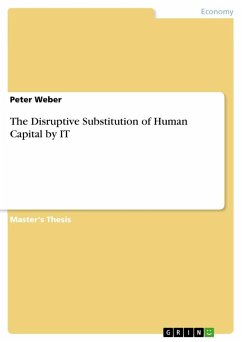
Human Capital Theory
Heterogeneity in Labor Economics and Economic Theory
Versandkostenfrei!
Versandfertig in 6-10 Tagen
31,99 €
inkl. MwSt.

PAYBACK Punkte
16 °P sammeln!
Traditional approaches to labor economics posit workers as homogeneous, which can make it difficult for scholars to identify and learn from the complexities of a nation's workforce. In this book, economist Jeremiah M. Allen provides new ways to make sense of the concept of human capital.The book begins with foundational concepts in economics. Later chapters explore worker heterogeneity in labor markets, long-run equilibrium, and economic decisions based on worker preference and ability. The book also contextualizes concepts related to human capital, including skillset diversity, worker prefere...
Traditional approaches to labor economics posit workers as homogeneous, which can make it difficult for scholars to identify and learn from the complexities of a nation's workforce. In this book, economist Jeremiah M. Allen provides new ways to make sense of the concept of human capital.
The book begins with foundational concepts in economics. Later chapters explore worker heterogeneity in labor markets, long-run equilibrium, and economic decisions based on worker preference and ability. The book also contextualizes concepts related to human capital, including skillset diversity, worker preferences, and worker ability. By integrating prospect theory and expected utility, the book draws connections between microeconomic principles and fundamentals.
Human Capital Theory examines real-world scenarios and economic phenomena, equipping students, researchers, and scholars with the tools needed to analyze and conceptualize human capital today. Readers will come awayfrom the book with enhanced knowledge of labor economics in the context of education economics and policy.
The book begins with foundational concepts in economics. Later chapters explore worker heterogeneity in labor markets, long-run equilibrium, and economic decisions based on worker preference and ability. The book also contextualizes concepts related to human capital, including skillset diversity, worker preferences, and worker ability. By integrating prospect theory and expected utility, the book draws connections between microeconomic principles and fundamentals.
Human Capital Theory examines real-world scenarios and economic phenomena, equipping students, researchers, and scholars with the tools needed to analyze and conceptualize human capital today. Readers will come awayfrom the book with enhanced knowledge of labor economics in the context of education economics and policy.




